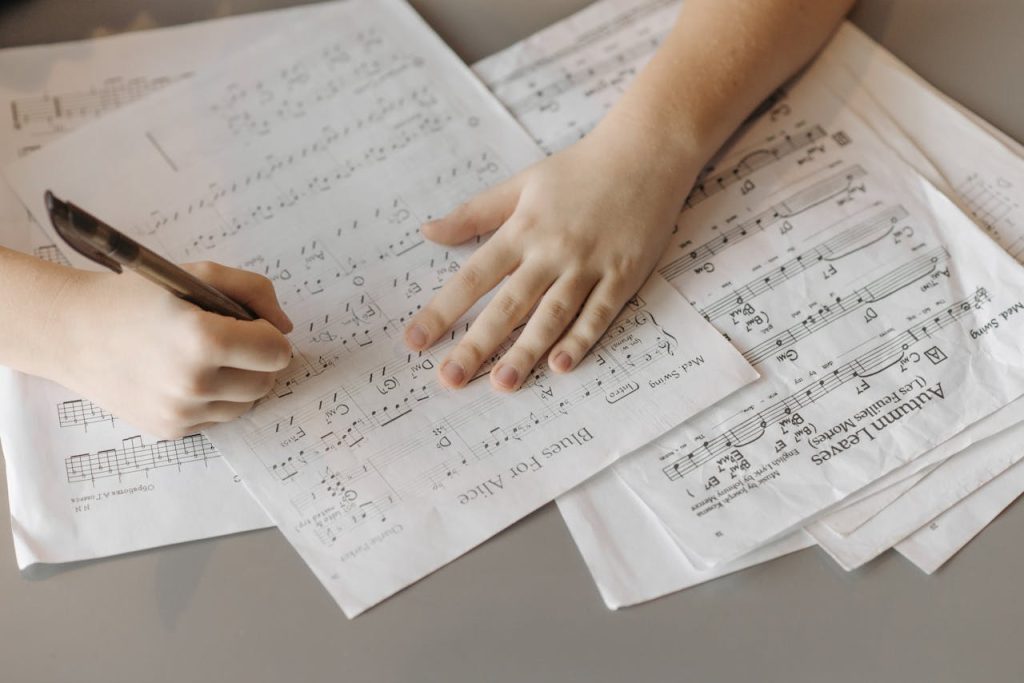In recent years, there’s been a noticeable shift in how piano students—especially teens and adults—are learning and engaging with music. While classical training remains foundational, more students are now asking to learn lead sheets, chord charts, and even popular music improvisation.
So what’s driving this change—and what does it mean for how we teach?
🎵 What Are Lead Sheets, and Why the Buzz?
A lead sheet is a simplified form of sheet music that includes just the melody, lyrics, and chord symbols. Unlike traditional classical scores, there’s no left-hand part written out—giving the player creative freedom to build their own accompaniment.
With the rise of platforms like YouTube, TikTok, and Instagram Reels, students are exposed daily to musicians who jam, improvise, or cover songs using just chords and creativity. This style feels more immediate, fun, and often more personal.
🚀 The Benefits: Why Students Love It
- Faster gratification – You can play full songs with just a few chords.
- Creative freedom – Students feel more like musicians, not just note-readers.
- Social relevance – They can play popular music, worship songs, or join a band.
- Stronger theory skills – Chord-based playing strengthens understanding of harmony, transposition, and key structure.
🎓 What This Means for Teachers
This trend doesn’t mean we toss Bach and Beethoven out the window. But it’s a clear sign that the modern student wants a broader set of skills. Incorporating lead sheet playing, chord theory, and ear training into lessons can:
- Build well-rounded musicianship
- Improve motivation and retention
- Make lessons more relevant and customized
Even with young students, introducing chords early (like I–IV–V patterns in C major) opens the door to both theory and creativity.
💡 How to Start
If you’re a student or a parent of one, here are a few easy ways to get into lead sheet playing:
- Learn the major and minor triads for a few keys
- Pick a favorite song and find the chord chart online
- Practice playing root position chords in your left hand and singing or playing the melody with your right
- Use apps to explore real songs with chord symbols
🎤 Final Thoughts
The shift toward lead sheets isn’t a rejection of classical music—it’s an expansion. When students feel empowered to create, improvise, and connect with music in real-life settings, they stick with it longer.
And at the end of the day, isn’t that what music is about? Connection, creativity, and expression.

